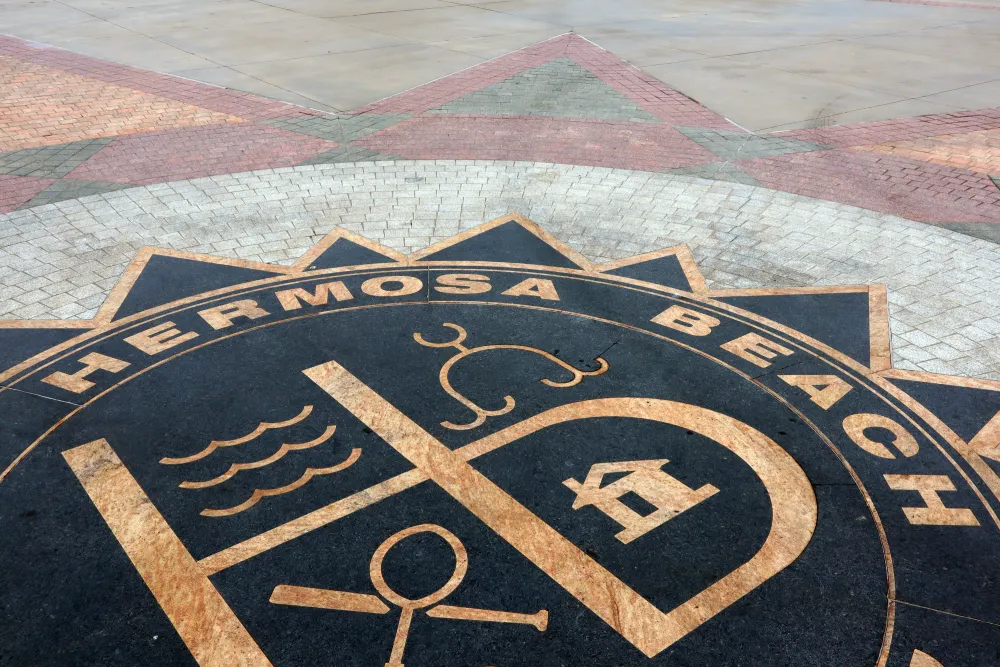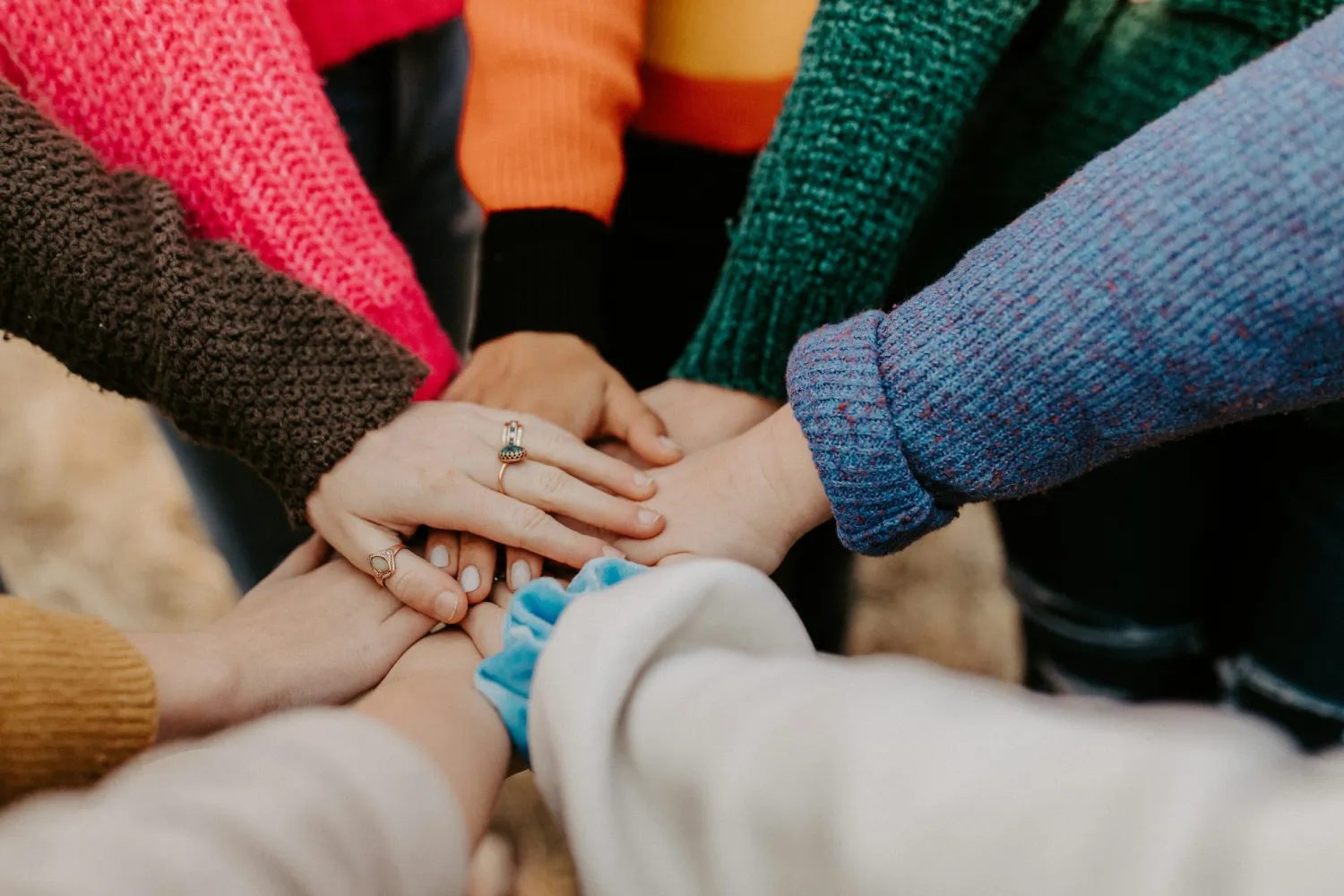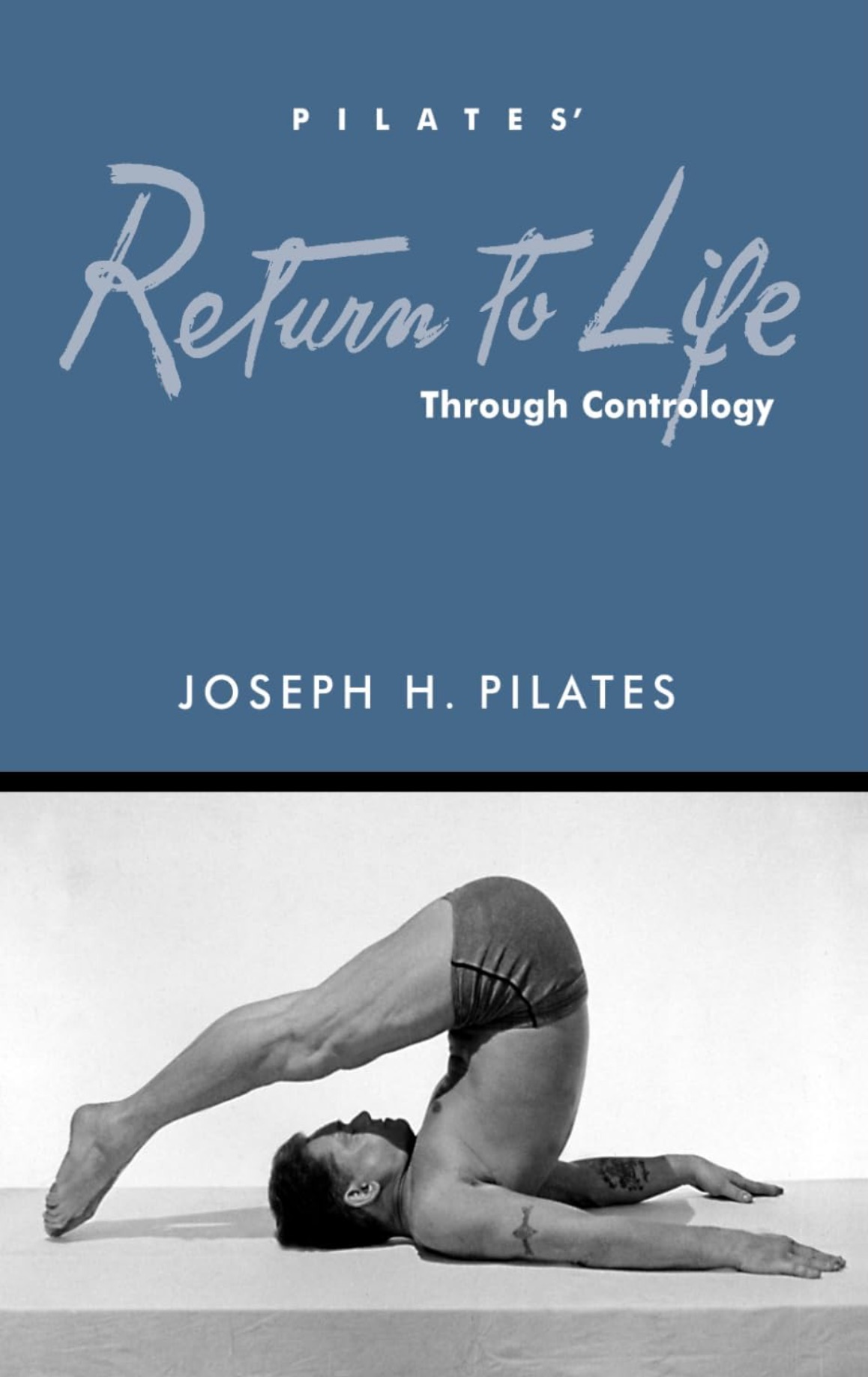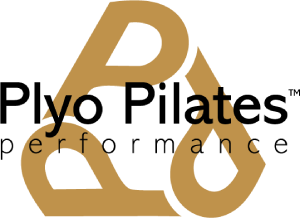Joseph Pilates was a true rebel at heart, never satisfied with the limits of conventional medicine or fitness. When doctors told him his body was too weak, he created a whole new method of movement. When war confined him, he turned hospital beds into exercise equipment. And when the fitness world pushed heavy weights and mindless reps, he championed precision, breath, and control. His refusal to follow the crowd gave birth to a revolutionary system that still challenges, heals, and transforms bodies today.
Pilates wasn’t born as a trendy workout, it was born from healing, rehabilitation, and ingenuity. Joseph Hubertus Pilates, born in 1883 in Germany, struggled with childhood illnesses like asthma and rickets. Studying anatomy, gymnastics, and martial arts, he developed Contrology, a method uniting mind and body through controlled, precise movement and conscious breathing [1].
During World War I, Joseph was interned in England as an “enemy alien” because he was German. While this was a form of wartime discrimination, it became a pivotal moment in the creation of Pilates. With limited resources, he attached springs to hospital beds, allowing bedridden inmates to safely exercise and rebuild strength. He also trained boxers and other physically active inmates, applying his method to both rehabilitation and performance. These experiences laid the foundation for the Pilates Reformer and reinforced his belief that movement could benefit everyone, regardless of age, fitness, or background [2][3].
After the war, Joseph and his wife Clara moved to New York City in 1926 and opened their first studio. Professional dancers like Martha Graham and George Balanchine embraced Pilates for injury recovery, strength, and flexibility, cementing its reputation in the dance world. Despite popular association with women today, Pilates was originally developed by and for men, emphasizing functional strength, mobility, and core control [2][3].
Over the decades, Pilates expanded beyond rehabilitation and dance into mainstream fitness studios. Today, it is practiced in many forms, mat classes, reformer sessions, fusion workouts, and high-intensity variations. While this evolution has made Pilates accessible, it has also contributed to a perception of elitism, with high-end studios, expensive equipment, and Instagram-driven marketing creating barriers for many [4][5]. The contrast is striking, Pilates began as an inclusive, rehabilitative system designed for anybody in need of strength, balance, or recovery. Joseph Pilates’ internment experiences taught him that structured, mindful movement could restore health to anyone, from injured soldiers and inmates to athletes and dancers. Modern trends often focus on luxury, aesthetics, or exclusivity, but the method’s essence remains universal: Pilates is for everyone, not just the privileged or elite.
References
- Latey, P. (2001). The Pilates Method: History and Philosophy. Journal of Bodywork and Movement Therapies, 5(4), 275-282.
- Miller, W. (2012). Pilates: The Complete Guide. Human Kinetics.
- Jessen, J. (1996). Joseph Pilates: His Life, His Philosophy, His Method. North Atlantic Books.
- Muscolino, J. (2010). The Complete Guide to Pilates for Fitness and Rehabilitation. Elsevier Health Sciences.
- Segal, N., Hein, J., & Basford, J. (2004). The Effects of Pilates Training on Flexibility and Body Composition. Journal of Bodywork and Movement Therapies, 8(3), 212-218.




